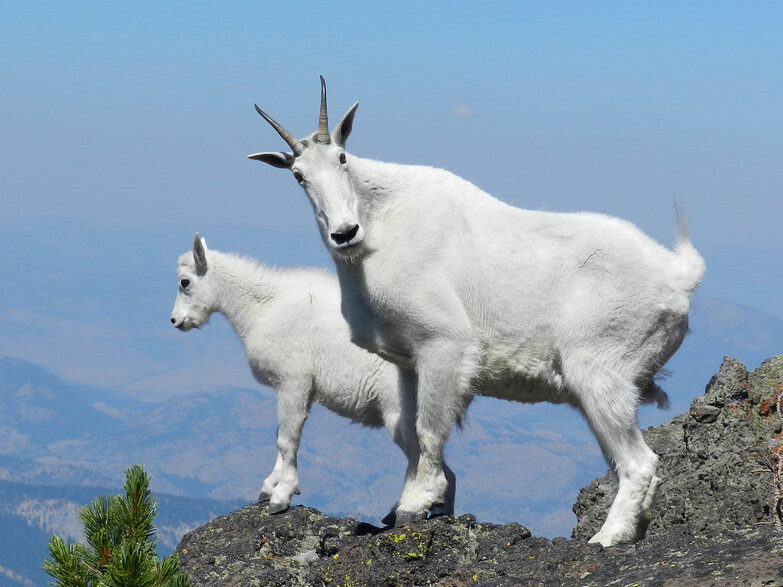
When you think of goats, maybe you picture a farmyard scene—some hay, a little bleating, maybe a few headbutts for good measure. But goats are far more fascinating than they get credit for. These hoofed mischief-makers have been companions to humans for over 10,000 years, and along the way, they’ve developed some truly bizarre and brilliant traits. Here are 15 things you probably never knew about goats—but definitely should.
Goats have rectangular pupils.
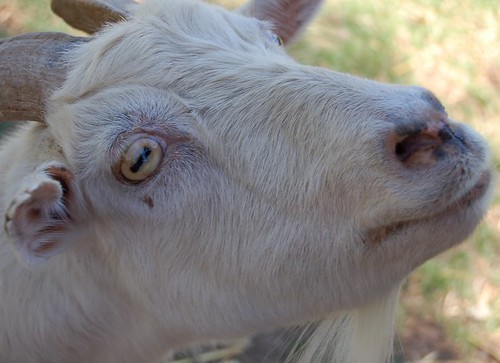
This isn’t some Photoshop trick—goats really do have bizarre, horizontal pupils. These uniquely shaped eyes give them a nearly 340-degree field of vision, allowing them to see predators approaching from almost any direction. Unlike humans, they don’t need to move their heads much to scan their surroundings. Evolution knew what it was doing.
They can climb trees (and cliffs).
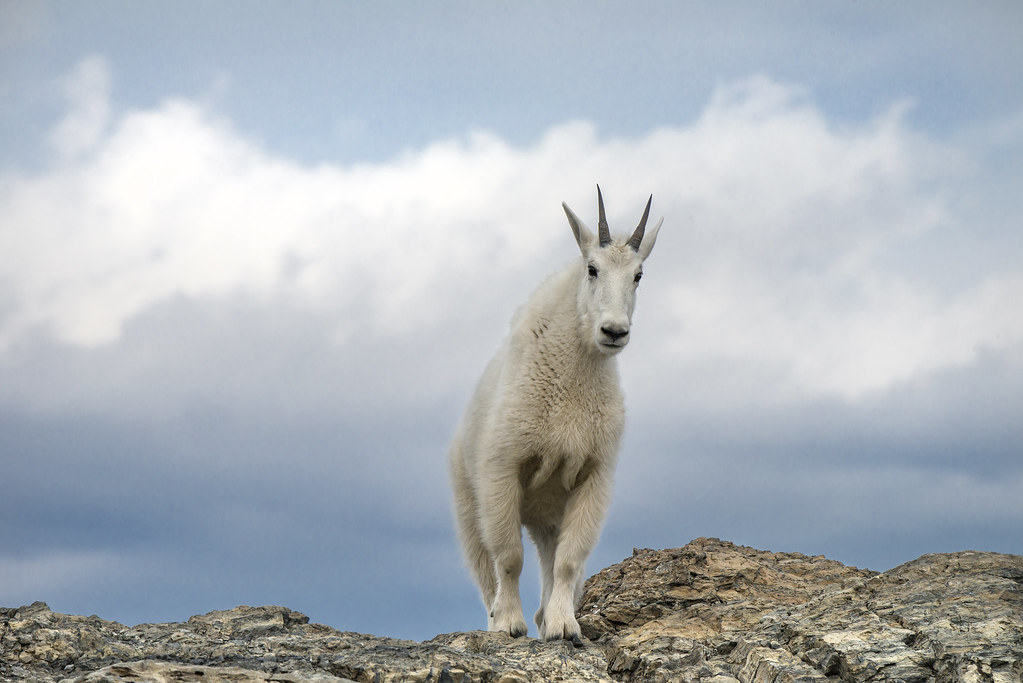
Goats are surprisingly agile climbers. In mountainous regions, they’ll fearlessly scale near-vertical cliffs that would leave most animals (and humans) trembling. In places like Morocco, goats even climb argan trees to nibble on the fruit—sometimes balancing on branches like circus performers. No, they’re not defying gravity—they’ve just mastered it.
They’ve got crazy good memories.
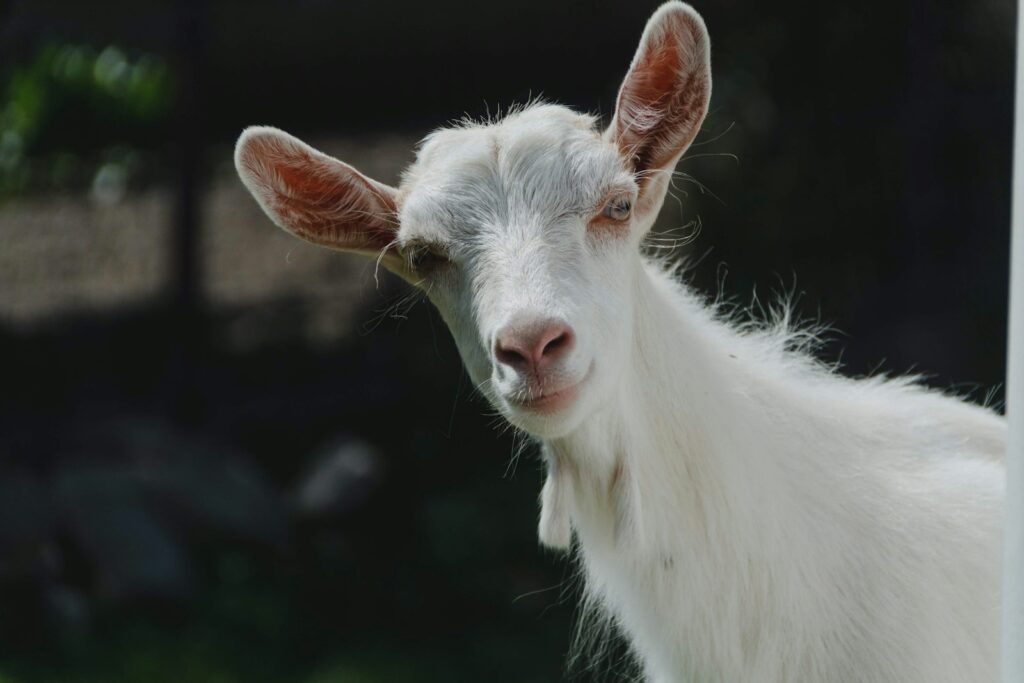
Goats are smarter than you might expect. Research shows they can solve problems and remember solutions for months, even years. They’ll recall how to operate a latch, where the good snacks are hidden, and which humans were kind—or not so kind—to them. Forget elephants—goats might give them a run for their money.
Baby goats are called ‘kids’ for a reason.

Ever wonder why we call human children “kids”? The term originally referred only to baby goats. Over time, the word migrated into everyday language. And honestly, when you see a young goat bouncing around like it just had three espressos, the comparison makes total sense.
They’ve got accents.
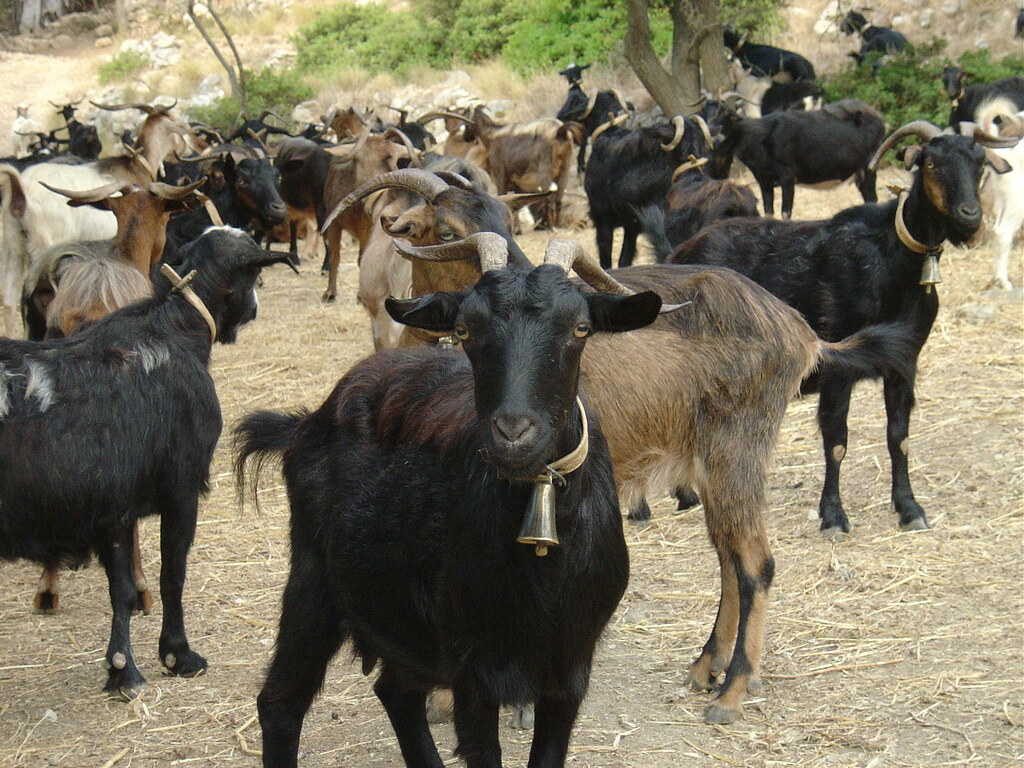
Goats aren’t just noisy—they’re linguistically unique. Studies have found that goats develop distinct vocalizations depending on the herd they grow up in. It’s kind of like regional accents in humans. So yes, your goat from Texas might actually sound different from one raised in the Alps.
Goat milk is easier to digest than cow milk.
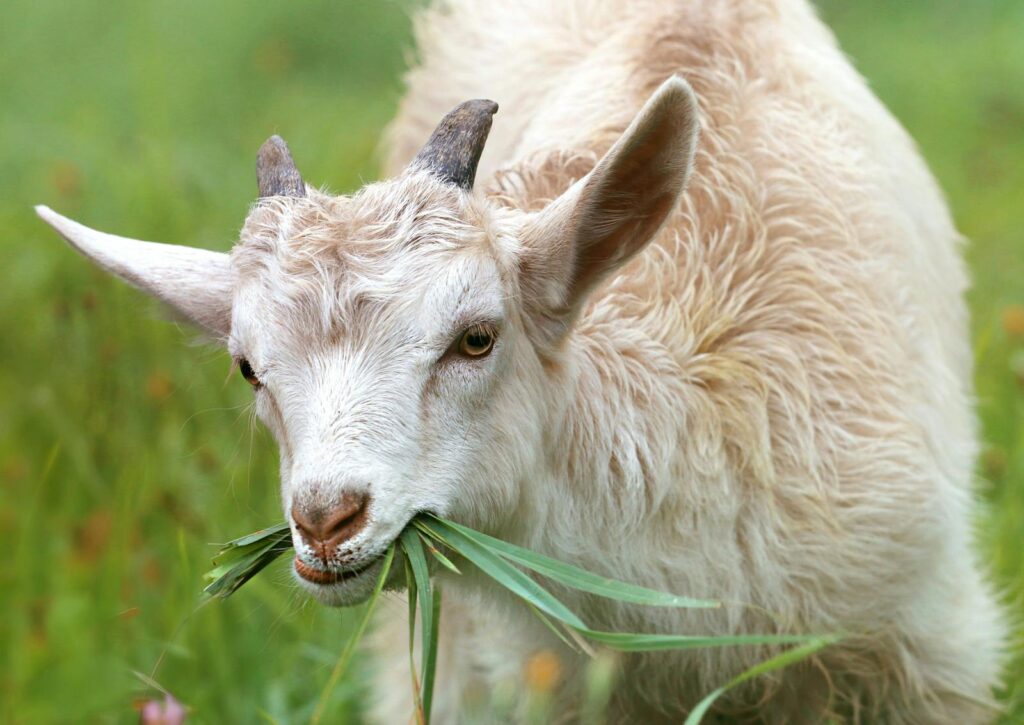
Got a sensitive stomach? Goat milk might be your best friend. Its smaller fat globules and different protein structures make it easier for many people to digest compared to cow’s milk. It’s also rich in calcium and often causes fewer allergic reactions. No wonder it’s a staple in diets across the globe.
They were among the first domesticated animals.
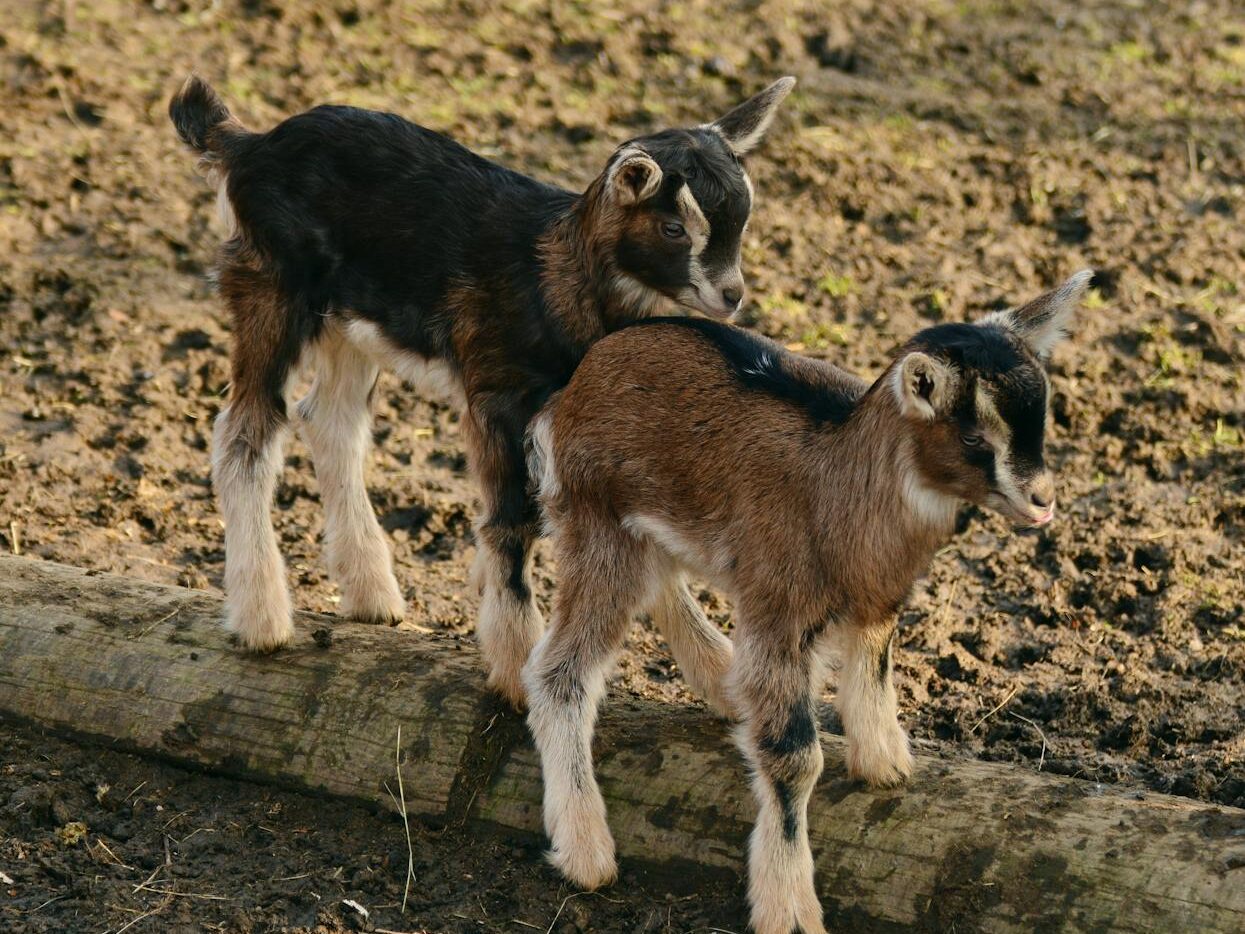
Goats joined human civilization around 10,000 years ago in the Middle East. Long before cows, pigs, or even dogs got cozy with humans, goats were already helping out—providing milk, meat, hides, and companionship. Basically, they were the original “ride or die” farm animals.
Their beards aren’t just for show.
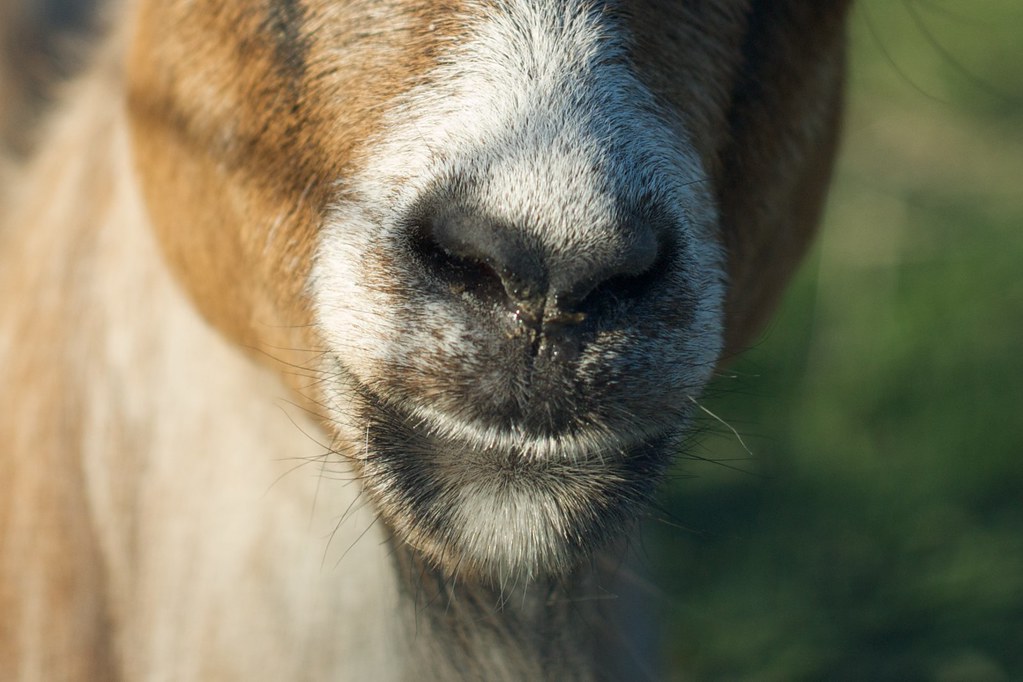
Beards aren’t just a goat fashion statement. Both male and female goats can grow them, and while the full purpose isn’t entirely understood, it’s believed to help with thermoregulation and possibly even with scent communication. Plus, they rock that scruffy look better than most indie musicians.
They’re insanely curious.
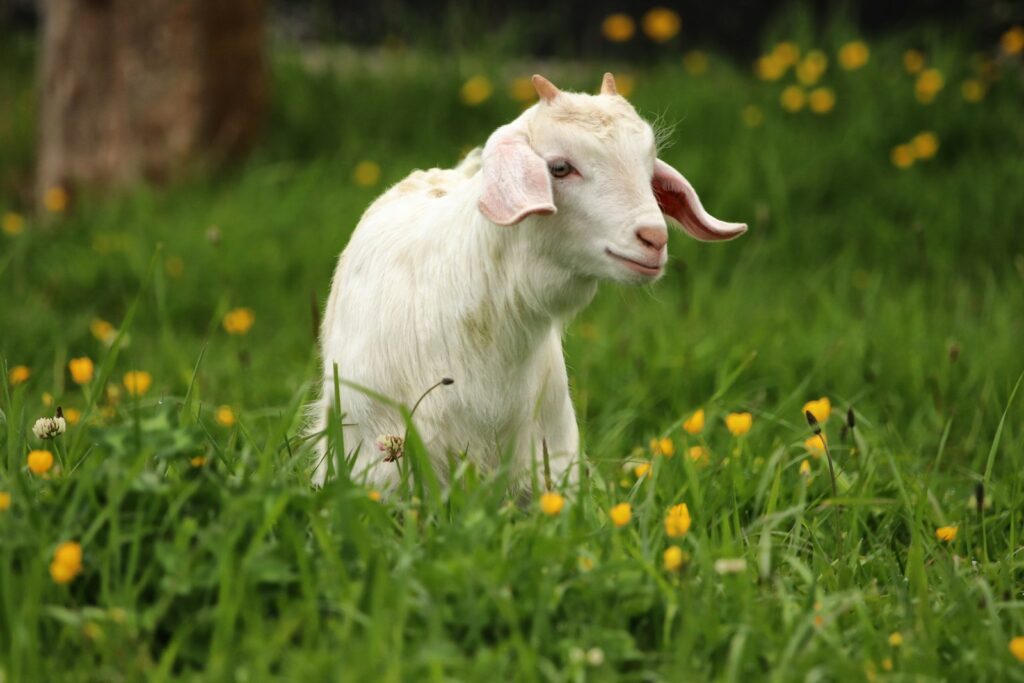
If there’s something new in their environment, goats will investigate it—usually with their mouths. They’re naturally curious and playful, often nibbling on random objects not because they’re hungry, but because they’re trying to figure things out. Think of them as four-legged toddlers in search of answers.
Fainting goats don’t actually faint.
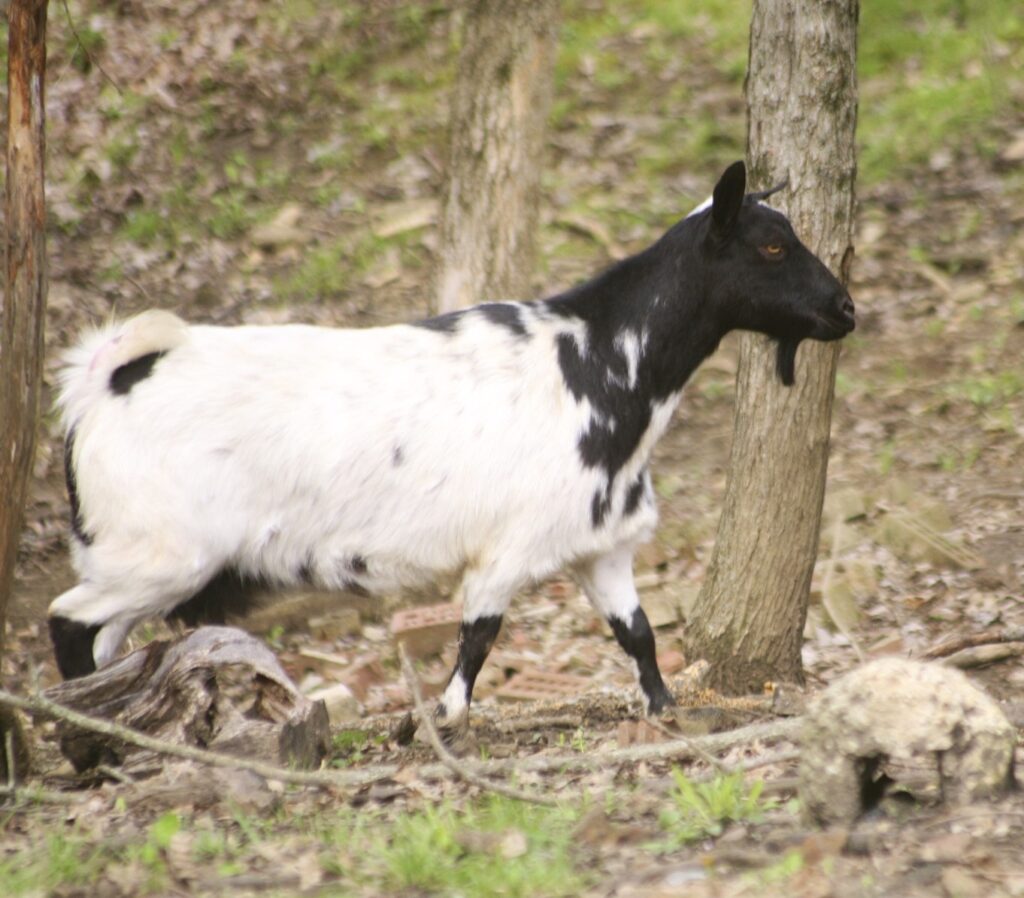
Those viral videos? Hilarious—but misleading. So-called “fainting goats” have a condition called myotonia congenita, which causes their muscles to stiffen when startled. They don’t lose consciousness—they’re just temporarily frozen. It looks dramatic, but it’s harmless (if a little embarrassing for the goat).
They can recognize human faces.

Goats aren’t just recognizing you because you bring food—they can actually tell one face from another. Studies have shown that goats can distinguish between human expressions and prefer happy faces. So yes, they know when you’re scowling at them, and they don’t like it.
They’re picky eaters.
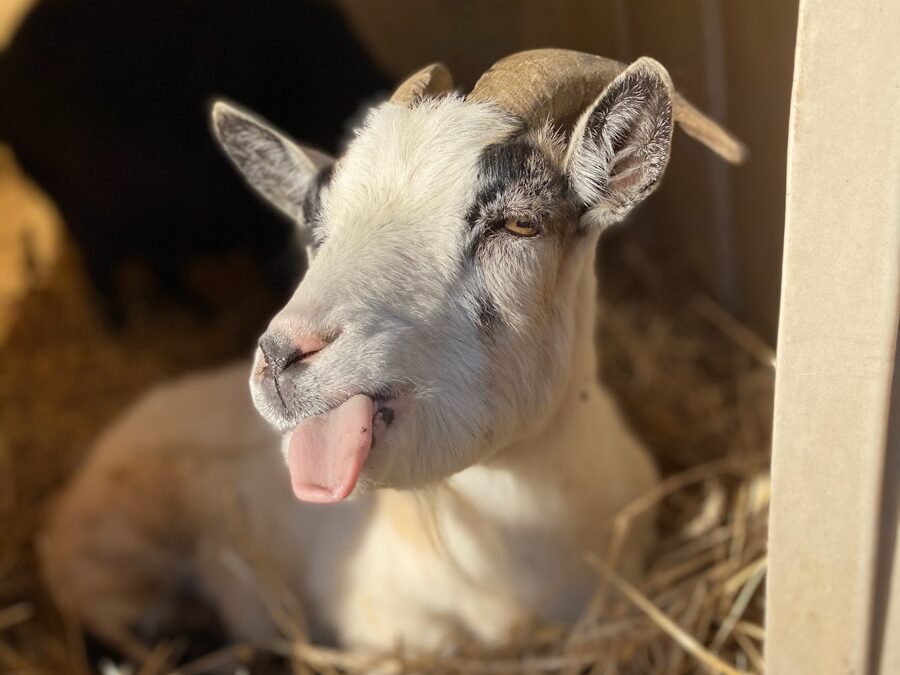
Contrary to cartoons, goats do not eat tin cans. They’ll nibble on them out of curiosity, but they won’t actually digest metal. In reality, goats are selective eaters with a preference for shrubs, leaves, bark, and fresh greens. So, if you’re planning to hand-feed one, skip the garbage.
Some breeds produce cashmere.
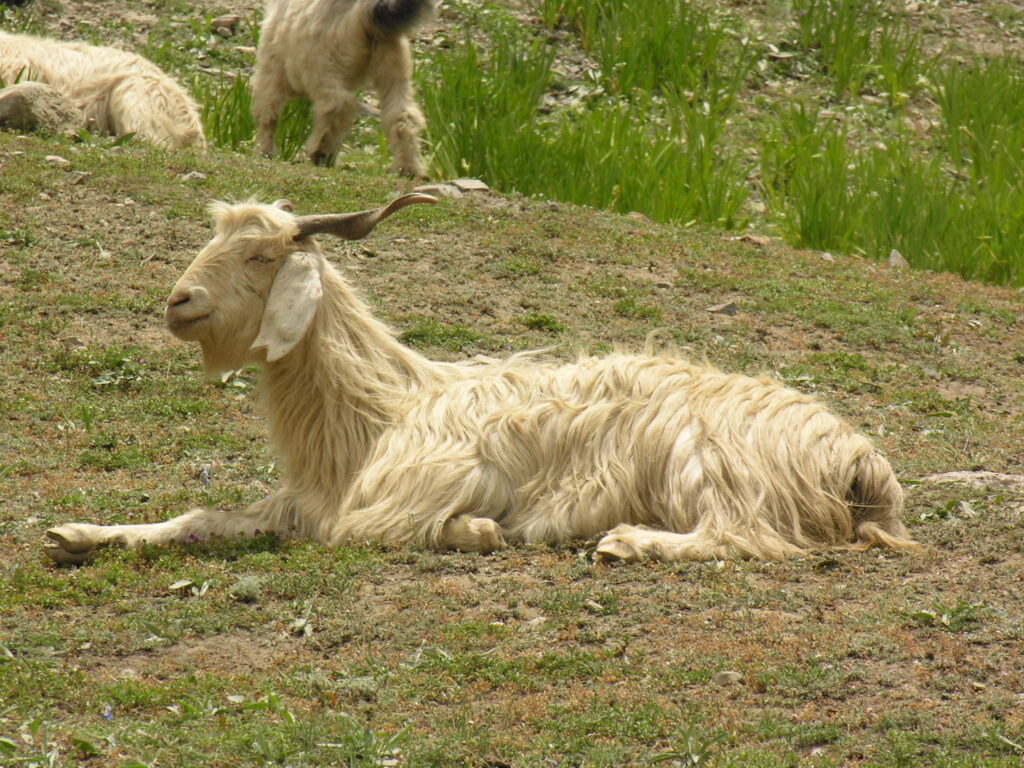
That soft, luxurious cashmere sweater in your closet? Thank a goat. The undercoat of certain breeds, like the Cashmere or Pashmina goat, is brushed out and spun into fine fibers. It takes one goat a year to produce enough for just one scarf—no wonder it’s pricey.
They have complex social structures.
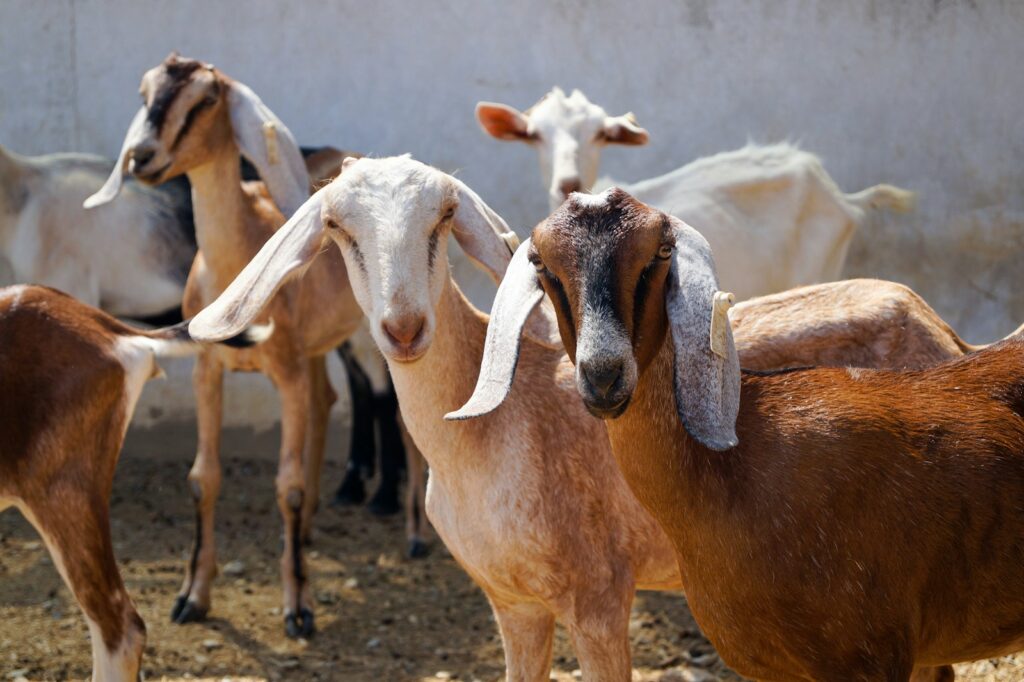
Goats aren’t just herd animals—they have drama. Their social lives include hierarchies, alliances, rivalries, and favorites. They can remember which goats treated them well (or badly), and they use body language to maintain their standing in the group. It’s like “Real Housewives,” but with hooves.
Goats have a sense of humor.
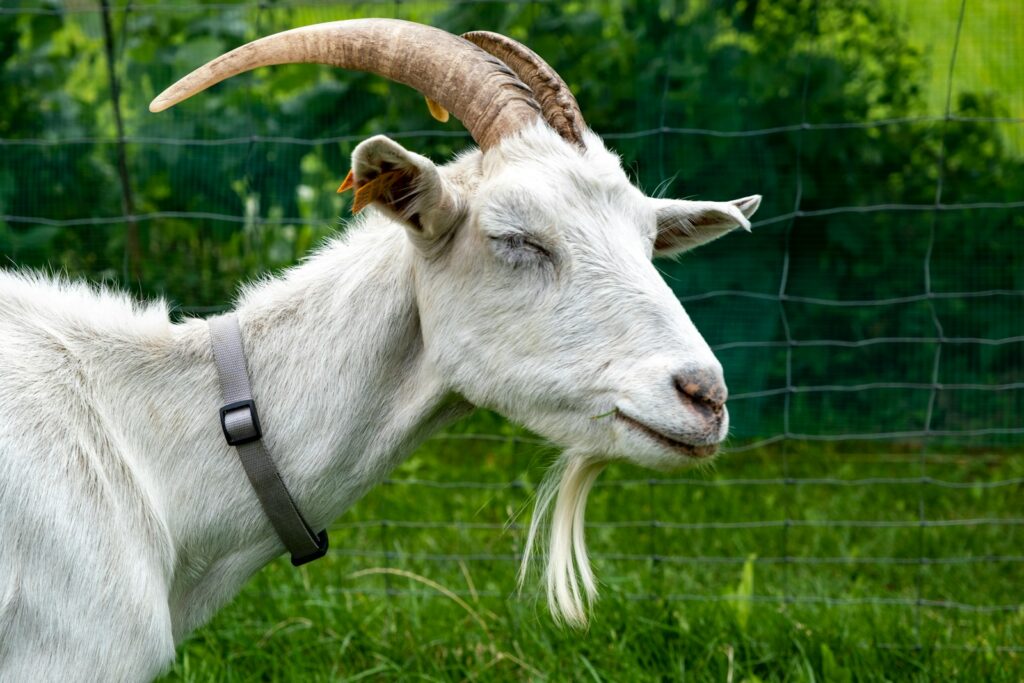
Spend five minutes around goats, and you’ll realize they’re mischievous on purpose. They’ll open gates just to walk out and come back in. They’ll headbutt their best friend for fun. And they absolutely will climb on your car just to see your reaction. You might call it annoying—goats would call it entertainment.
